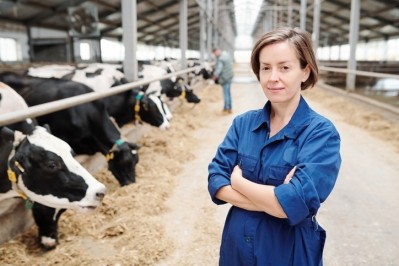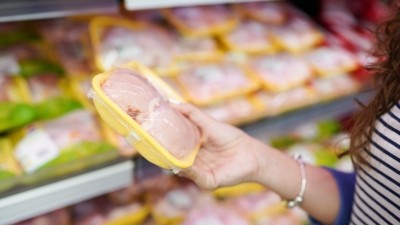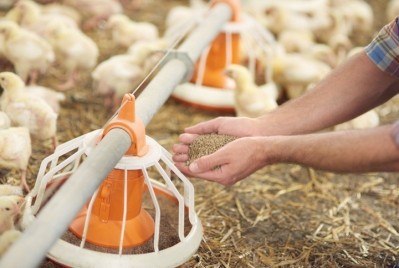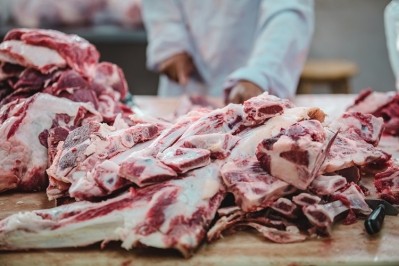Tools to mitigate pandemic linked disruption along dairy supply chains

The Grana Padano and Parmigiano Reggiano areas were highly affected by the COVID-19 pandemic. Now a project, Smart-ET, is looking to use COVID-19 data from farms and existing models to predict variations in dairy production and costs, with the idea of reorganizing dairy production and supply rapidly and efficiently during pandemic events or other incidents causing market shocks of a similar scale.
Funded by EIT Food, Smart-ET will develop digital tools to mitigate disruption along food supply chain and help avoid raw material wastage. They would allow dairy farmers to react to changing conditions and issue stock ‘alerts’ that will help reduce wastage and the economic damage caused by destroying otherwise good dairy products, said those behind the project.
Dr Giuseppe Nocella from the School of Agriculture, Policy and Development at the University of Reading said: “In February and March 2020, Northern Italy saw significant outbreaks of COVID-19 leading to widespread restrictions to keep people safe. One of the economic impacts of this lockdown was that dairy farmers who normally rely on rapid movement in the supply chain found that they lost income and had to throw away vast quantities of milk.
“This was costly for dairy businesses because the hotel, restaurant and catering sector was shut down and they had to identify alternative channels in hyper local markets to sell their products. In response, a team set out to see how the industry could adapt to rapid changes and cope with future extreme events.
“What we quickly found was that there was no reactive model that can help farmers and food producers communicate with each other to adapt to changing demands. It could have been possible for dairy farmers to stockpile their produce and use it for cheese rather than dump their milk as it went off, but without a centrally available system the farmers had no way of knowing that producers would have used it.”
The teams involved are now working on econometric models to provide such data to dairy industry stakeholders in Northern Italy.
“These models will be ready at the end of this year and the apps will be launched at the beginning of 2021. We are also thinking of adapting these models and the new technology for other Italian and European supply chains,” Dr Nocella told FeedNavigator.
As well as the University of Reading, the project comprises Italian partners: Università Cattolica (coordinator), Agricolus, Associazione Italiana Allevatori, Centro Ricerche Produzioni Animali and System Dynamics Italian Chapter (Sydic).








